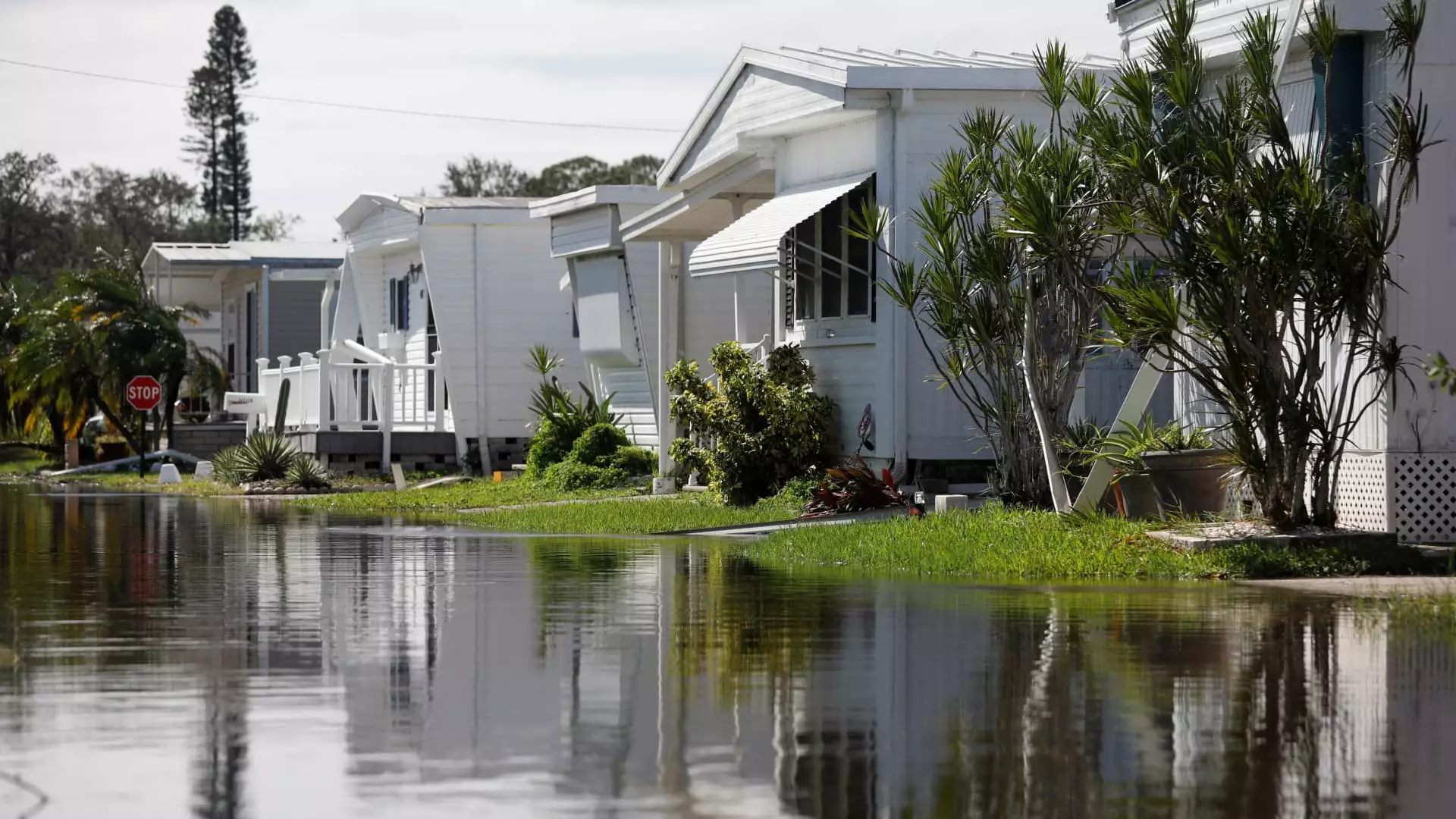Natural disasters can take a devastating toll on homes and communities. When the unthinkable occurs, many find themselves grappling not only with physical destruction but also with the daunting task of rebuilding their lives. One crucial aspect of recovery is understanding what financial assistance is available, particularly through homeowners and renters insurance policies. This article delves into the essential coverage provisions that can provide relief after natural calamities and underscores the importance of clear communication with insurance providers.
One of the key components of most homeowners’ and renters’ insurance policies is “loss of use” coverage, sometimes dubbed “additional living expenses” (ALE) coverage. This provision is designed to offer financial assistance to policyholders when their homes become uninhabitable due to specific events covered by the policy—such as hurricanes, flooding, fires, or other calamities. Experts indicate that loss of use coverage typically equates to around 20% of the dwelling coverage, acting as a financial bridge during the critical period of displacement.
For instance, if a homeowner has a policy with a dwelling coverage of $100,000, the loss of use component would provide approximately $20,000 to cover essential living expenses until the home is repaired or rebuilt. This provision encompasses a range of costs associated with the temporary relocation, including hotel stays, rental homes, food, and even pet boarding fees.
In the immediate aftermath of a natural disaster, homeowners and renters must act swiftly to assess the damage and communicate with their insurance companies. It’s imperative to reach out to insurance providers as soon as possible to inquire about the specifics of loss of use coverage and any potential limitations or requirements that may apply.
Shannon Martin, a licensed insurance agent, advises policyholders to inquire not only about coverage definitions but also about the speed at which claims can be processed. Fast-tracking the claim can significantly alleviate the stress of finding interim housing, as insurance representatives may expedite the filing process in light of the recent disaster. Quick communication can lead to earlier disbursement of funds, reducing financial strain during a time of crisis.
While loss of use coverage can provide essential short-term relief, it is vital to recognize its limitations. Financial assistance through this provision is not intended to be a long-term solution and may sometimes fall short of meeting all of a displaced individual or family’s needs. Experts highlight that the coverage is typically designed to assist with immediate, temporary expenses rather than ongoing financial support.
In the context of natural disasters, the very nature of the housing market may mean that the costs associated with finding alternative accommodations can skyrocket. Increased demand for temporary housing can lead to inflated prices for hotels and rentals, which may exhaust the benefits offered by the loss of use provision more rapidly than anticipated. Moreover, some insurance policies may entail specific dollar caps or time limits on claims, so it is essential to thoroughly understand what is available and feasible during the claim process.
In light of the multifaceted challenges posed by natural disasters, policyholders should remember that insurance claims can often collaborate with assistance from other agencies, such as the Federal Emergency Management Agency (FEMA). Following an event, individuals may submit claims to their insurance while simultaneously seeking federal assistance to help cover expenses not fully addressed by their policies.
Utilizing a combined approach can provide a more comprehensive financial toolkit designed to support recovery efforts. This is particularly crucial in the context of severe disasters where prolonged recovery times mean that families may need assistance beyond the coverage limits of their insurance policies.
Navigating the complex landscape of homeowners and renters insurance is paramount, especially in the wake of a natural disaster. Loss of use coverage can serve as a vital lifeline for those facing displacement, yet understanding the specific provisions and potential limitations is equally important. As disasters become more common and severe due to climate change, proactive education about insurance policies becomes a critical part of responsible homeownership and renting.
Before disaster strikes, take the initiative to review your insurance policies, ask questions about loss of use coverage, and clarify any uncertainties with your insurer. Preparedness at this level can mean the difference between a smooth recovery process and the added complications of unanticipated financial challenges. With the right knowledge and resources, policyholders can face the aftermath of natural disasters with greater resilience and assurance.

Leave a Reply